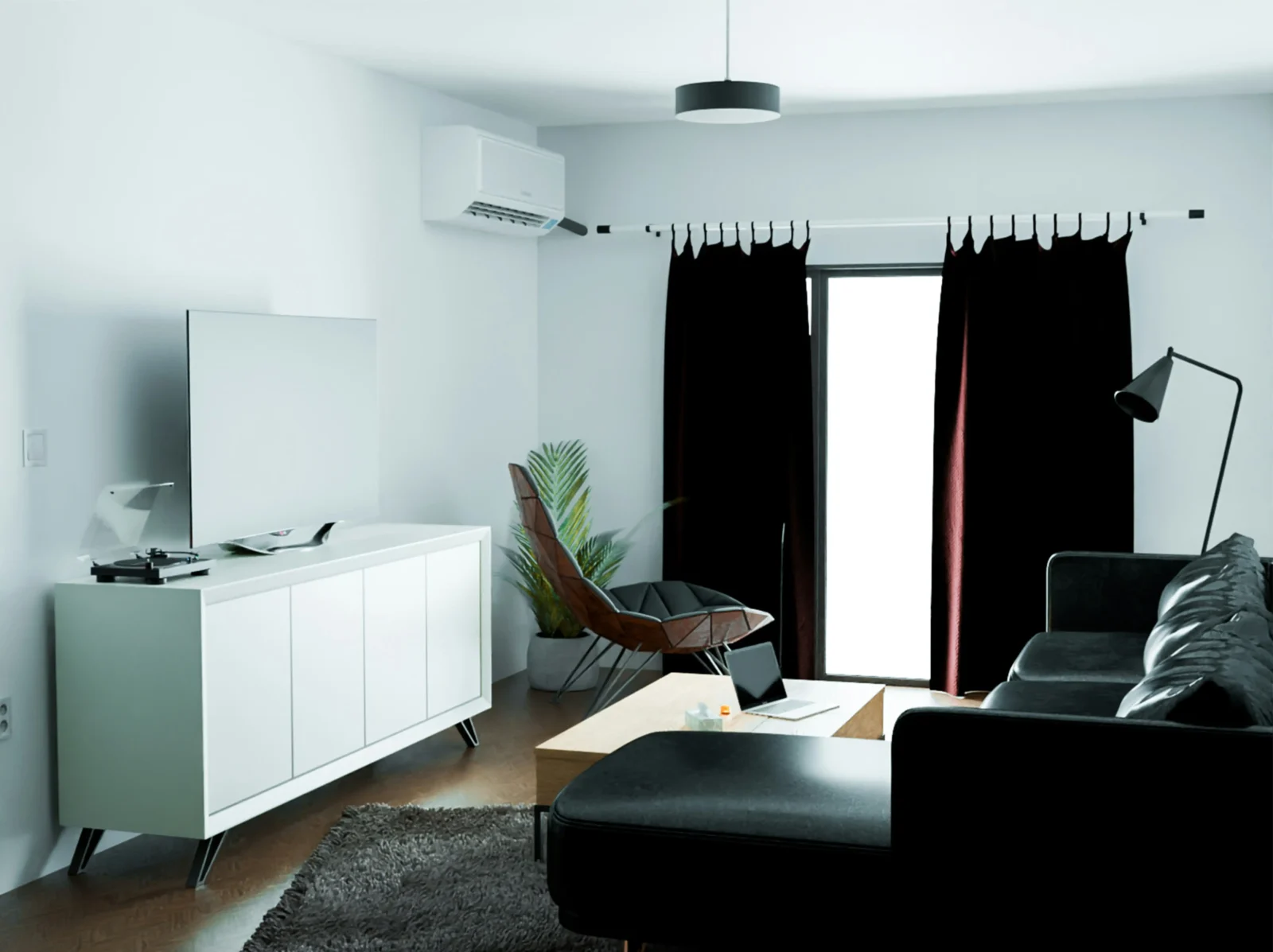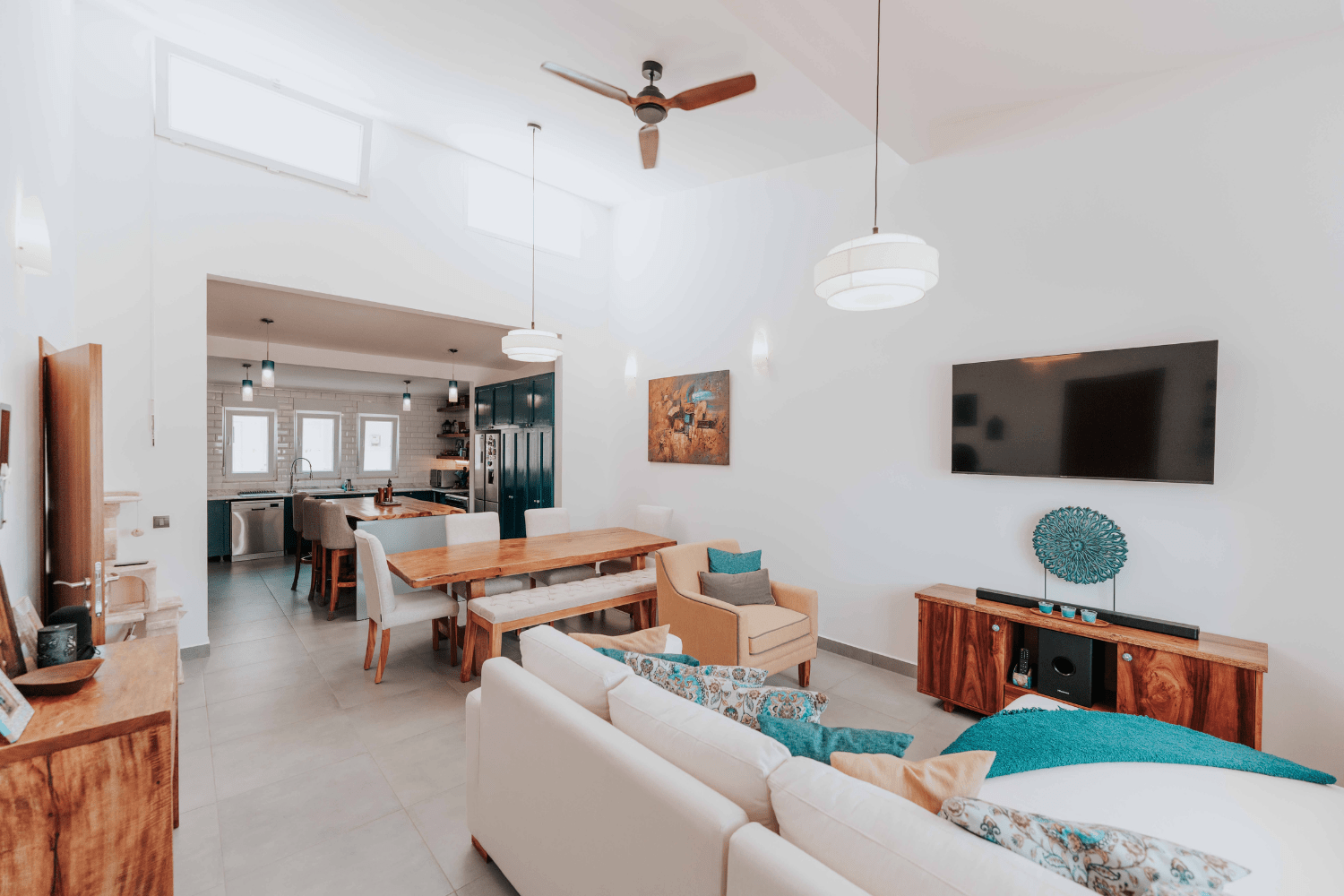- Home
- Articles
- Architectural Portfolio
- Architectral Presentation
- Inspirational Stories
- Architecture News
- Visualization
- BIM Industry
- Facade Design
- Parametric Design
- Career
- Landscape Architecture
- Construction
- Artificial Intelligence
- Sketching
- Design Softwares
- Diagrams
- Writing
- Architectural Tips
- Sustainability
- Courses
- Concept
- Technology
- History & Heritage
- Future of Architecture
- Guides & How-To
- Art & Culture
- Projects
- Interior Design
- Competitions
- Jobs
- Store
- Tools
- More
- Home
- Articles
- Architectural Portfolio
- Architectral Presentation
- Inspirational Stories
- Architecture News
- Visualization
- BIM Industry
- Facade Design
- Parametric Design
- Career
- Landscape Architecture
- Construction
- Artificial Intelligence
- Sketching
- Design Softwares
- Diagrams
- Writing
- Architectural Tips
- Sustainability
- Courses
- Concept
- Technology
- History & Heritage
- Future of Architecture
- Guides & How-To
- Art & Culture
- Projects
- Interior Design
- Competitions
- Jobs
- Store
- Tools
- More

Biophilic design is all about bonding natural phenomena with human life, creating a balance between the two. In other words, the essence of the given issue is to establish harmony between the built and natural functions. Here, it is like a person should blend in with nature; nature should flow within the space of a person’s life.
Binding nature within the living quarters to an intricate level can tremendously upgrade your physical and mental well-being. It can purify the air you breathe around your home and reduce stress, which greatly benefits your health.
Such an aspect is growing in new-form architecture. Its focus is primarily on the myriad of research written and published by well-informed experts, such as architects, urban planners, interior designers, and writers of a good essay writing service.

What Is Biophilic Design?
The word’ biophilia,’ derived from a Greek word meaning ‘love of life and the living world,’ was invented by psychologist Erick Fomm. It refers to the inherent affiliation to other forms of life. The main purpose is to assist architects in implementing this concept into urbanization and architecture to improve people’s well-being.
The idea of this term reflects the desire to create a more nature-oriented living environment, which includes implementing natural elements, like natural light, water, and plant features, which help to improve air quality, reduce stress levels, and increase productivity.
Biophilic architecture is a great choice for creating a sustainable dwelling place. With good design and implementation elements, such as this roofed courtyard, owners can benefit from the outside as well as from the inside.
For instance, letting in more natural light into our homes through constructive skylights and large windows makes the place look open and attached to the outside. Adding indoor plants looks great, as well, as they can even help clean the air and reduce stress levels.
Also, planting trees next to the house is a nice idea as they will fuel fresh air inflow, control temperatures in the house, and make your space alive. Furthermore, using natural elements such as natural textures, stones, and wood to build will go a long way in creating a harmonious atmosphere. Combining all these things in the finished product will make a home more than living quarters. It will become one with nature, thus helping owners benefit from mind, body, and soul reasons.
Principles of These Designs
The ideologies of these urban designs follow different tenants that justify their execution. Here are various guiding principles that these designs follow:
Link With Nature
The spaces include the use of naturalistic features that are well-designed throughout the world. In doing so, sunlight, vegetation, water, and natural materials are used to provide an understanding of nature. As a result, the same can be seen and touched, which is suitable for many homeowners.
People can emphasize the principle on a different scale depending on their tastes. Some people can opt for a minimalistic design using potted plants coupled with green walls. Some people can also incorporate natural ponds, fountains, or courtyards.
Natural Shapes and Forms
Another principle on which the designs are built is the addition of natural shapes, forms, and patterns to the overall design.
These include curves, arches, rounded objects, botanical shapes, and spirals. This principle softens interiors and adds an organic touch to living spaces. Arches and curvy elements are prominent features in modern architecture and design industries. Even architects maximize this lasting trend to build amazing, coordinated design projects.
Curves and swirls proportionally resemble the golden ratio or Fibonacci sequence that is widespread across natural landscapes. No wonder attention to the environment is imitating its shapes and becoming one with nature on a symbolic level.
Natural Patterns and Processes
This principle aims to mimic natural patterns, such as symmetries, waves, foams, stripes, cracks, and fractals, to reflect natural processes such as growth and age.
These patterns play an intrinsic role in stimulating our senses while further enhancing our biophilic experience. They reduce stress on occupants and increase the aesthetics of a living space.
Light and Space
Buy an essay article about natural light and health, and you’ll discover a direct correlation. Natural light boosts mood, improves cardiac rhythms and sleep patterns, and enhances focus.
Moreover, it promotes airflow, which in turn keeps the air fresh all around. Poorly lighted rooms tend to promote the manifestation of mold and fungi, making living quarters gloomy, stuffy, and uncomfortable.
The principle recommends adding varied lighting strategies that mimic how humans experience light outdoors. Varied light volumes and intervals mixed with shadows and diffused light help elucidate the natural human experience with the lighting element.
Place-Based Relationships
Humans must develop an emotional connection with a place that gives them a sense of stewardship over it. This principle encourages using local materials, native planting, and indigenous building techniques to promote the local economy.
It forces architects, interior designers, homeowners, and urban planners to learn about the area’s culture, history, and ecology. You can go the extra mile to incorporate local art or references to historical figures and events.
In addition, these relationships must reflect the area’s geographical disposition, as well as the local climates, people, and natural resources within the environment.

What Benefits Do Homeowners Accrue?
Why go the extra mile to accommodate these natural elements into your modern living space? Well, apart from the face value of your property, there are numerous gains, including:
Elevate Mood and Good Spirit
Natural items such as light patterns, greenery, and comfort patterns can go a long way in helping room occupants maximize their sense of well-being. Using natural colors in color palettes and water features provides sanctuary and increases comfort for an individual.
Natural ventilation, green spaces with living walls, and numerous elements of nature help us feel calm and relaxed.
In one study, individuals exposed to natural elements were less stressed afterward when thinking about the experience. In another, displays of nature reduced depression levels.
Get in Touch With Locality
In the local environment with place-based relationships, the culture harmoniously marshes ecology. It enhances cooperation between the community and the neighborhood.
For example, designers can include gardens and urban parks in the neighborhood planning design. Then, occupants can feel the earth as everything around them resonates with nature. Therefore, all the residents will develop a sense of belonging and community pride.
Improved Sleep Quality
Natural lighting is integral in regulating cardiac rhythms to promote better-quality sleep. This improves sleep patterns and increases alertness and productivity during working hours.
Feeling outdoors indoors helps relax our minds, thus allowing us to escape from the sensory overload we experience in modern life.
Sharpens Our Senses
Designing around each of the five senses—sight, touch, smell, taste, and hearing—is not merely a matter of adding potted plants, a cascading fountain, or an extra window in your bedroom. It is basically a multi-sensory approach that may help trigger outdoor and natural experiences indoors simultaneously.
illustrarch is your daily dose of architecture. Leading community designed for all lovers of illustration and #drawing.
Submit your architectural projects
Follow these steps for submission your project. Submission FormLatest Posts
Coloring Your Year: Using Traditional Lunar New Year Hues to Transform Your Apartment Décor
Lunar New Year always brings a burst of color and energy, making...
Chandelier Light vs Ceiling Lights: Which Decorative Lighting Works Best for UAE Homes in Winter?
Winter in the UAE doesn’t arrive loudly. It doesn’t announce itself with...
Marketing for Architects: How Firms Are Getting More Clients Without Chasing Leads
Architectural marketing has changed in important ways. Referrals and reputation still matter,...
8 Innovative Apartment Design Ideas from the USA
Apartment design in the United States is rapidly evolving, with architects and...












Leave a comment